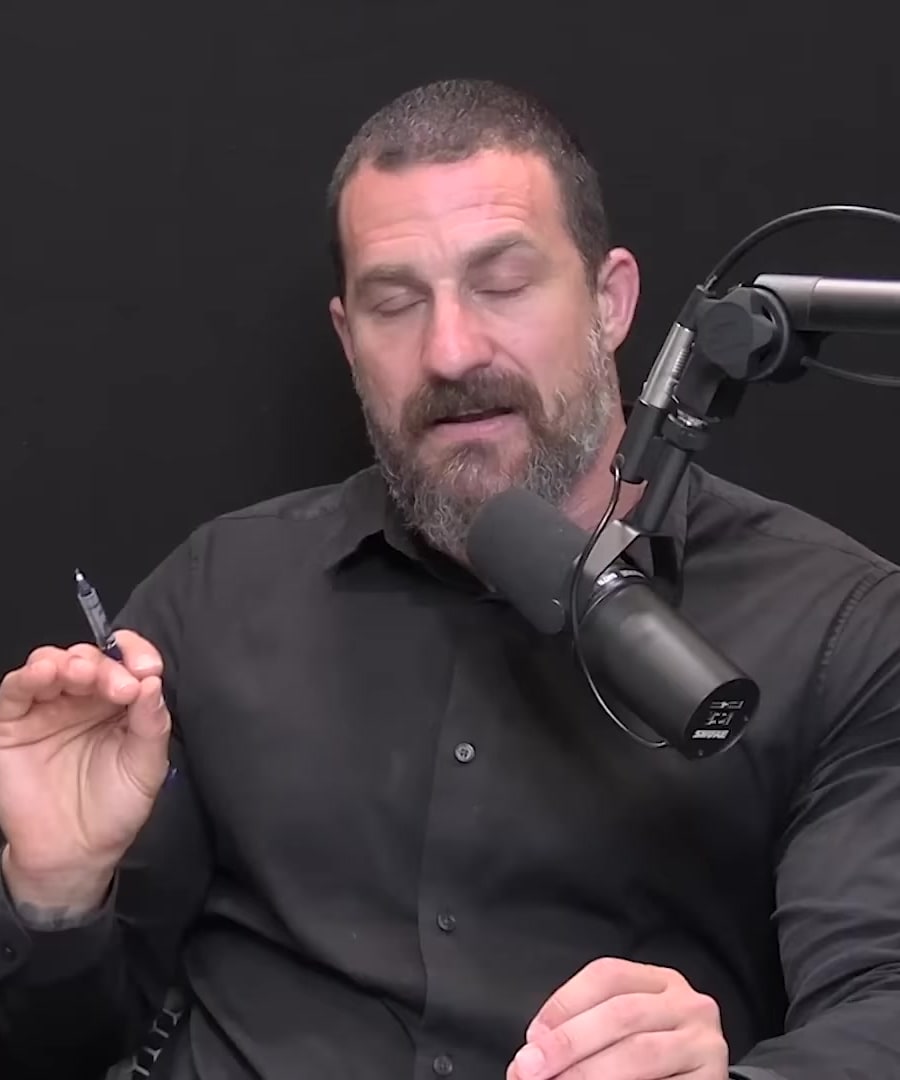how to replenish dopamine supplements
Sources:
To replenish dopamine levels, suggests a variety of behavioral approaches and lifestyle adjustments rather than focusing solely on supplements. Here are key strategies that have been discussed on the :
-
Non-Sleep Deep Rest (NSDR): Engaging in deep relaxation techniques such as NSDR can help restore dopamine levels. Practices like yoga nidra or deliberate decompression can replenish dopamine in brain structures like the basal ganglia, which are involved in controlling behavior and decision-making 1.
-
Avoid Overstimulating Activities: Excessive engagement in high-dopamine activities can lead to a lowering of one's baseline dopamine levels over time. Taking a break from such activities can help replenish the releasable pool of dopamine 2.
-
Wait for Natural Replenishment: After experiencing peak dopamine activities, it's important just to wait, allowing dopamine baseline levels to naturally replenish 3.
-
Behavioral techniques: Incorporate habits and routines that signal progress and align with your goals. Even small gestures like setting out running shoes can trigger incremental pulses of dopamine, thus fueling motivation without depleting dopamine reserves 4.
-
Cold Exposure: Cold water exposure can increase baseline dopamine levels for an extended period, up to 4-5 hours. This practice doesn't require supplements and is supported by scientific literature 4.
-
Vitamin B6: Supplementing with sufficient levels of B vitamins, particularly B6, can help keep prolactin levels in check (which tend to work in opposition to dopamine) 5.
-
Light Exposure Management: Avoiding bright light exposure late at night can protect dopamine levels, leading to improved mood and focus 5.
-
Morning rituals: Incorporate morning sunlight, movement, and possibly caffeine to increase early-day dopamine release for enhanced mood, focus, and alertness 6.
Additionally, often emphasizes the importance of maintaining a healthy lifestyle overall, including good sleep hygiene, as sufficient sleep helps to restore dopamine reserves 7.
Keep in mind that while some strategies like nutrition and light exposure are mentioned, the focus here is not on dopamine supplements but on behaviors that can naturally help manage and replenish dopamine levels. Consult with a healthcare professional if you suspect you have a dopamine deficiency and need targeted advice or interventions.
RELATED QUESTIONS-
cold exposure doesn't replenish dopamine stores, it releases more
Sources:
You are correct, cold exposure triggers the release of dopamine, rather than directly replenishing it. According to , cold exposure can result in a substantial increase in dopamine levels. For instance, he mentioned in one episode that deliberate cold exposure led to a 250% increase in dopamine, with these effects potentially lasting for several hours after the exposure 1.
The increase in dopamine from cold exposure is comparable to the dopamine spikes elicited by powerful stimuli such as certain drugs but without the harmful effects, provided it is done safely 2. This increase in dopamine can enhance feelings of well-being and mood, and can elevate attention 3. also mentioned that even short cold exposures — such as a cold shower for 30 seconds to 2 minutes at temperatures ranging from 37°F to 55°F — can lead to long-lasting increases in baseline dopamine levels 4.
Thus, deliberate cold exposure is a technique that can significantly boost dopamine levels and has been discussed as a potent, natural tool for those looking to enhance their motivation and focus 5.
RELATED QUESTIONShow to replenish dopamine stores
Sources:
To replenish dopamine stores, suggests several practices:
-
Quality Sleep: Getting enough quality sleep each night is essential for restoring dopamine reserves. Sleep allows dopamine to be present and available for goal consideration and pursuit 1.
-
Non-sleep Deep Rest (NSDR): Activities like yoga nidra, which involve lying down, long exhales, and not engaging the forebrain, can increase the amount of dopamine in the basal ganglia. These practices can include free NSDR scripts available online 2.
-
Nutrition: Proper nutrition, including foods high in the amino acid tyrosine (the rate limiting enzyme for dopamine synthesis), is vital. Foods such as certain cheeses, meats, nuts, and vegetables can contribute to baseline dopamine levels 3.
-
B Vitamins: A sufficient number of B vitamins, especially B6, can reduce prolactin levels, which tends to work in opposition to dopamine. However, too much B6 could potentially cause nerve issues, and one should consult with a healthcare professional for appropriate dosing 4.
-
Bright Light Exposure: Avoiding bright light exposure to the eyes between the hours of 10:00 PM and 4:00 AM, or in the late phase of your circadian cycle (17 to 24 hours after waking), can help maintain dopamine levels. Bright light at night can lower dopamine levels due to activating a neural circuit involving the habenula 4.
-
Incremental Goal Setting: Engaging in a process of setting and achieving incremental goals allows for small releases of dopamine without depletion. Rewarding self-designated milestones along the way can create a "neural bank account" of reward and encourage continued progress 5.
-
Intermittent Reward Schedules: Having an intermittent release of dopamine through engagement in various activities can help maintain a healthy dopamine level and prevent the desensitisation that occurs with constant high levels of stimulation 6.
It's important to engage in these practices responsibly and maintain awareness of one's internal state. Consistency in these foundational practices can contribute to sustained dopamine levels over time.
RELATED QUESTIONS-
what about l-tyrosine
Sources:
L-Tyrosine is an amino acid precursor to dopamine and can be used as a non-prescription approach to increase dopamine levels. has mentioned that it is typically taken in dosages ranging from 500 to 1000 milligrams and can result in an enhancement of mood, focus, and motivation 1 2. However, the response to L-Tyrosine can differ greatly from person to person, with some experiencing a substantial increase in focus and others finding the effect less noticeable.
advises caution with L-Tyrosine, as it can lead to a dopamine crash after its effects wear off, which might result in feelings of lethargy or brain fog 3. He also cautions against regular consumption as it can disrupt dopamine pathways. People with preexisting conditions involving dopaminergic pathways are particularly cautioned against using L-Tyrosine 3.
For those considering L-Tyrosine supplementation, Dr. Huberman highlights the importance of starting with the lowest possible dose and monitoring for any potential crash following its use. He mentions that small dosages, such as 250 to 500 milligrams, may suffice 4. It's also important not to combine high doses of L-Tyrosine with other stimulants.
In summary, while L-Tyrosine can be an effective way to support dopamine levels, it should be used carefully, with attention to dosing and potential side effects, and preferably after consulting with a healthcare professional.
RELATED QUESTIONS
how to replenish dopamine supplements
- RELATED QUESTIONS
cold exposure doesn't replenish dopamine stores, it releases more
- RELATED QUESTIONS
how to replenish dopamine stores
- RELATED QUESTIONS
what about l-tyrosine
- RELATED QUESTIONS
















